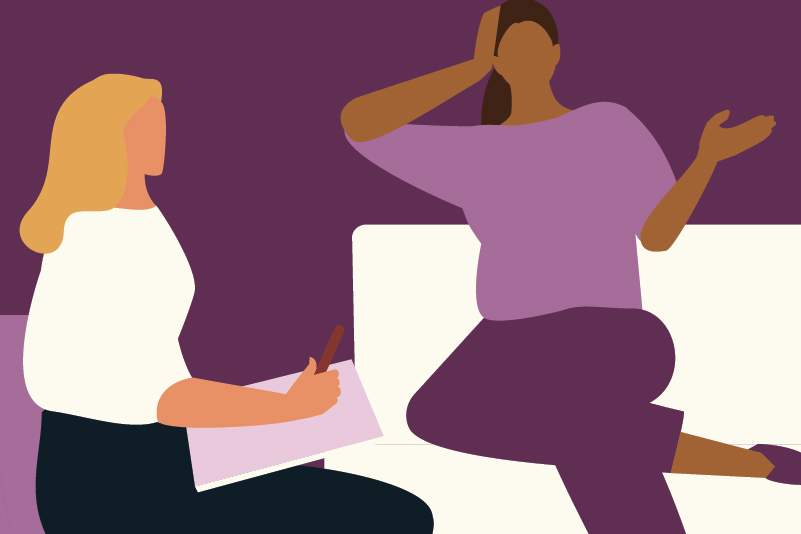#134 Getting patients to drink less—Are words mightier than drink?

Reading Tools for Practice Article can earn you MainPro+ Credits
Join NowAlready a CFPCLearn Member? Log in
- Number Needed to Treat (NNT)=10 to obtain drinking within recommended limits.1
- No difference: Mortality (four RCTs), quality of life (three RCTs).1
- Insufficient evidence: Effect on accidents, injuries, liver.1
- Conflicting evidence: Healthcare utilization.1
- Additional time needed to perform perhaps main barrier (range five to 120 minutes/person).1
- Subgroup analysis: Brief (10-15 minutes) multi-contact intervention most effective.1
- No significant benefit with longer interventions or women.2
- Limitations: Majority excluded those with alcohol use disorders1 and trials heterogeneous (e.g. populations, screening instruments, interventions).2
- No significant difference between three different intensity interventions (e.g. feedback and information leaflet, five minutes of counseling or 20 minutes).3
- J-curve association with alcohol intake and mortality. Mortality risk increases at ~3 drinks/day in women and four drinks/day in men.4
- Approximately 15% of Canadian adults engage in problem drinking (alcohol consumption in excess of low risk drinking guidelines).5
- Though BI is based on motivational interviewing, the optimal type or length of BI is not clear.
- Estimated time required is 15 minutes per patient x 15% average patient panel (1,000)=38 hours per year.1,5 This could be performed by a multidisciplinary team member.6
- Patients diagnosed with an alcohol use disorder are unlikely to benefit from BI alone and require more intensive supports.7
- While there are many, one example of BI can be found at http://www.sbir-diba.ca.














